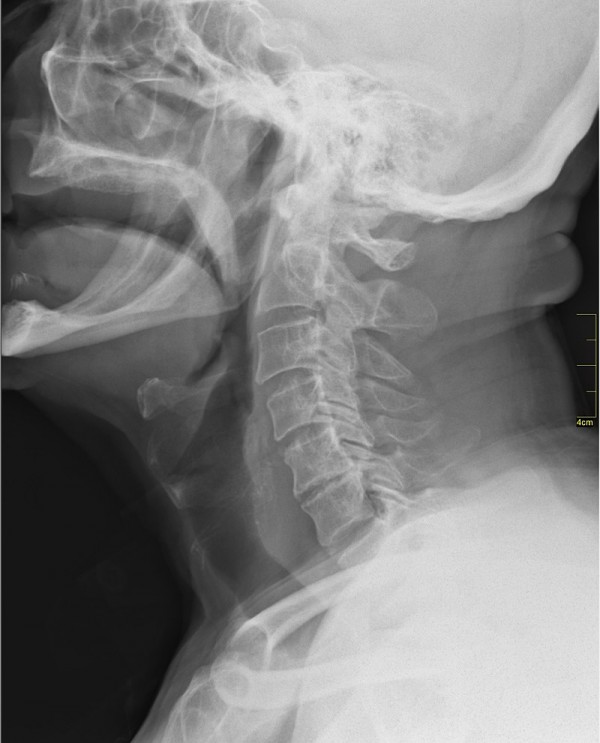Newly Discovered Organs Found by Doctors in Netherlands
Dr. Wouter Vogel, a radiation oncologist in the Netherlands Cancer Institute or NCI, found the "unknown entity" in the rear of the nasopharynx using the using PSMA PET/CT that functions to detect the spreading of prostate cancer.
According to Dr. Vogel, he was looking for damage on salivary glands after radiation therapy that can lead to issues, when he encountered the salivary gland. He furthered, Humans have three sets of large salivary glands but it is not present in the said area.
WebMD states that salivary glands produce saliva that aids in the lubrication and digestion process of the body.

The Tubular Salivary glands were found by the doctors from the Netherlands in the rear of the nasopharynx.
Research Suggests
Derived its name from its anatomical location called Torus Tobarius, the first author of the study Matthijs Valstar, an oral surgeon at the same institution said that these tubarial glands were seen in all the 100 scans of patients, and 2 physical examinations on human cadavers.
According to Valstar, confirmation of medical findings is important, and they never thought that it would be possible this year.
The study also suggests that the newly detected glands involve structures at the poorly accessible location under the base of the skull and can only be seen by nasal endoscopy that is why it's a bit tricky to be noticed.
Including 99 males and 1 female as respondents of the study, it states that it was a debate whether the "tubarial gland" be considered as an organ or part of the salivary gland.
Furthermore, Dr. Valeri Fitzugh, interim chair of pathology and Rutgers New Jersey Medical school said that it is difficult to exclude that the glands might represent groups of minor salivary glands. Fitzugh wasn't involved in the research.
She added that more women and healthier patients would open for better data.
Moreover, the authors of the study assume that tubarial glands' physiological function is to moisten and lubricate the nasopharynx and oropharynx although further research is required to confirm it.
Also Read: New Drug Could Improve Quality of Life of Patients with Pancreatic Cancer
Radiation Therapy
According to the Mayo Clinic, Radiation Therapy is a cancer treatment that uses beams of intense energy to kill cancer cells. The high-energy beams come from a machine outside the body that aims at a precise point and location. The process both damages healthy and cancer cells in the body. National Cancer Institute stated radiation therapies are done to patients because it prevents the cancer cells from returning or stop or slow their growth. In tumors, this therapy is used to shrink the tumors and ease the pain the patient feels.
Read Also: Study Cites New Treatment Strategy for Fatal Brain Tumor in Children
Complications
Since the glands are detected using PSMA Pet scans, these salivary glands can be affected by radiotherapies. According to Medical Express, patients with head and neck cancers or even tumors in the throat or tongue can be grave affected. Vogel furthered that troubles in eating, swallowing, or speaking can occur. The doctors in the Netherlands added, these complications may affect the accidentally discovered glands on patients undergoing this type of treatment.
Check out more news and information on Cancer on MD News Daily.
Oct 22, 2020 09:00 AM EDT





